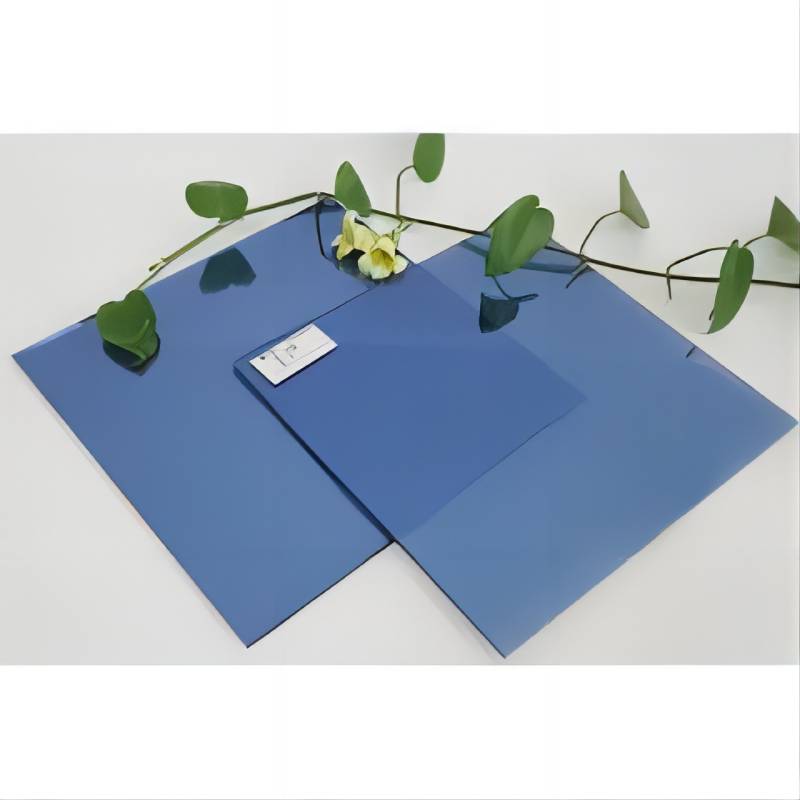Flat Float Glass A Key Component in Modern Architecture
Flat float glass, a widely used material in the construction and design industries, has transformed the way we think about building aesthetics and functionality. This type of glass is produced through the float glass process, where molten glass is floated on a bed of molten tin. This innovative method yields a smooth, uniform surface that is essential for various applications in architecture, automotive, and interior design.
One of the primary advantages of flat float glass is its clarity. The manufacturing process ensures that the glass is free from distortion and imperfections, making it ideal for windows and facades. This optical clarity allows for maximum light transmission, which not only enhances the beauty of spaces but also increases energy efficiency. In modern architecture, large glass panels and floor-to-ceiling windows are increasingly popular, providing stunning views and bringing the outdoors inside.
In addition to its aesthetic appeal, flat float glass boasts excellent thermal insulation properties. This capability is crucial for reducing energy consumption in buildings. With the growing emphasis on sustainability, architects are integrating high-performance glazing systems that minimize heat loss in winter and reduce heat gain in summer. These systems often feature double or triple glazing, further enhancing the insulating properties of flat glass.
flat float glass
Moreover, flat float glass can be treated or coated for additional functionality. For instance, low-emissivity (Low-E) coatings can be applied to reflect infrared energy while allowing visible light to pass through. This feature significantly improves the energy efficiency of buildings, contributing to lower heating and cooling costs. Similarly, coatings that provide UV protection help preserve furniture and finishes within spaces by reducing sun damage.
Safety is another critical consideration in the use of flat float glass. While standard float glass can shatter upon impact, advancements in technology have led to the development of tempered and laminated glass. Tempered glass is heat-treated to increase its strength, and when broken, it shatters into small, blunt pieces that reduce the risk of injury. Laminated glass consists of layers of glass bonded with an interlayer, which holds the pieces together even when broken. These safety features are paramount in high-traffic areas and tall buildings.
Furthermore, the versatility of flat float glass extends to its various uses, including mirrors, glass doors, and skylights. Its ability to be cut to size and shaped according to design requirements makes it an essential component in custom architectural solutions. As technology progresses, innovations in flat glass continue to emerge, such as self-cleaning and energy-generating glass, opening new possibilities for design and functionality.
In conclusion, flat float glass is more than just a building material; it is a design element that enhances light, beauty, and energy efficiency in modern architecture. Its clarity, thermal insulation, and adaptability make it an integral part of contemporary construction. As the industry moves towards more sustainable practices, the role of flat float glass will only grow, shaping our environments in innovative ways for years to come.
 Afrikaans
Afrikaans  Albanian
Albanian  Amharic
Amharic  Arabic
Arabic  Armenian
Armenian  Azerbaijani
Azerbaijani  Basque
Basque  Belarusian
Belarusian  Bengali
Bengali  Bosnian
Bosnian  Bulgarian
Bulgarian  Catalan
Catalan  Cebuano
Cebuano  Corsican
Corsican  Croatian
Croatian  Czech
Czech  Danish
Danish  Dutch
Dutch  English
English  Esperanto
Esperanto  Estonian
Estonian  Finnish
Finnish  French
French  Frisian
Frisian  Galician
Galician  Georgian
Georgian  German
German  Greek
Greek  Gujarati
Gujarati  Haitian Creole
Haitian Creole  hausa
hausa  hawaiian
hawaiian  Hebrew
Hebrew  Hindi
Hindi  Miao
Miao  Hungarian
Hungarian  Icelandic
Icelandic  igbo
igbo  Indonesian
Indonesian  irish
irish  Italian
Italian  Japanese
Japanese  Javanese
Javanese  Kannada
Kannada  kazakh
kazakh  Khmer
Khmer  Rwandese
Rwandese  Korean
Korean  Kurdish
Kurdish  Kyrgyz
Kyrgyz  Lao
Lao  Latin
Latin  Latvian
Latvian  Lithuanian
Lithuanian  Luxembourgish
Luxembourgish  Macedonian
Macedonian  Malgashi
Malgashi  Malay
Malay  Malayalam
Malayalam  Maltese
Maltese  Maori
Maori  Marathi
Marathi  Mongolian
Mongolian  Myanmar
Myanmar  Nepali
Nepali  Norwegian
Norwegian  Norwegian
Norwegian  Occitan
Occitan  Pashto
Pashto  Persian
Persian  Polish
Polish  Portuguese
Portuguese  Punjabi
Punjabi  Romanian
Romanian  Russian
Russian  Samoan
Samoan  Scottish Gaelic
Scottish Gaelic  Serbian
Serbian  Sesotho
Sesotho  Shona
Shona  Sindhi
Sindhi  Sinhala
Sinhala  Slovak
Slovak  Slovenian
Slovenian  Somali
Somali  Spanish
Spanish  Sundanese
Sundanese  Swahili
Swahili  Swedish
Swedish  Tagalog
Tagalog  Tajik
Tajik  Tamil
Tamil  Tatar
Tatar  Telugu
Telugu  Thai
Thai  Turkish
Turkish  Turkmen
Turkmen  Ukrainian
Ukrainian  Urdu
Urdu  Uighur
Uighur  Uzbek
Uzbek  Vietnamese
Vietnamese  Welsh
Welsh  Bantu
Bantu  Yiddish
Yiddish  Yoruba
Yoruba  Zulu
Zulu 

